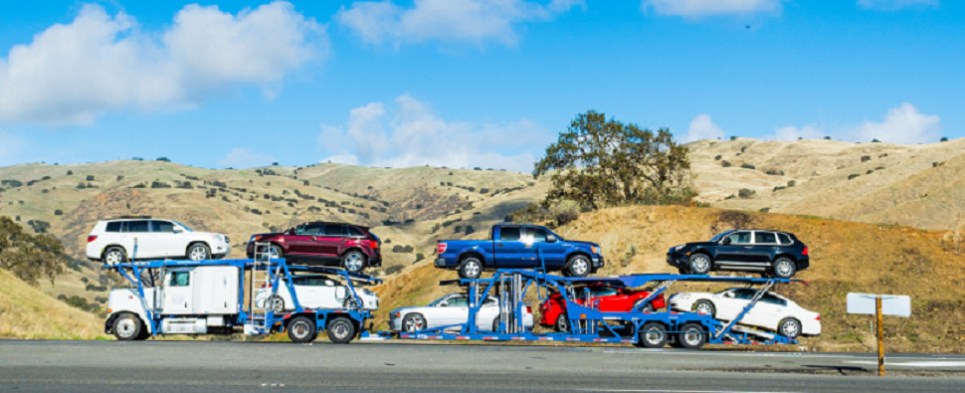US Goals for NAFTA Renegotiation Meet With Resistance
“I know we all agree that NAFTA needs updating. This is a 23 year-old agreement and our economies are very different than they were in the 1990s.”
That’s how US Trade Representative Robert Lighthizer opened the first round of NAFTA renegotiations in Washington yesterday.
But that’s about all the United States, Canada, and Mexico agree on as the much-awaited North American free trade talks kick off.
While Lighthizer acknowledged that NAFTA has benefited many Americans, such as farmers and ranchers, he lambasted the agreement for “the huge trade deficits, the lost manufacturing jobs, the businesses that have closed or moved because of incentives—intended or not—in the current agreement.”
Bilateral trade deficits appear to be the focus of US goals for the renegotiation. Lighthizer noted that in 1993 the US and Mexico had relatively balanced trade, a situation which has since produced a $57- billion deficit. While US trade with Canada has become more balanced in recent years, the running deficit over the last ten years exceeded $365 billion.
Mexico and Canada both disagree with Lighthizer on the importance of trade deficits. “Canada doesn’t view trade surpluses or deficits as a primary measure of whether trade works,” said Chrystia Freeland, Canada’s minister of foreign affairs.
Rules of origin, particularly in the auto industry, is another major US focus. The agreement, Lighthizer said, “and must require higher NAFTA content and substantial US content.”
On that issue, the Trump administration may feel some pushback form the industry itself. Under the current agreement, a car assembled in Canada or Mexico can be imported into the US without duties if 62.5 percent of the value of the vehicle was made in North America. Lighthizer wants to raise that bar, and to require more US content.
Auto makers oppose that proposal because cheaper non-NAFTA parts help reduce the price of the final product and they don’t to disrupt their existing supply chains. Canada and Mexico both oppose mandates that would require a share of auto parts come from any one specific country.
“This is an historic day for the United States,” concluded Lighthizer. “Today, for the first time, we will start negotiating to revise a major free trade agreement. American politicians have been promising to renegotiate NAFTA for years, but today President Trump is going to fulfill those promises.”
Lighthizer blithely ignored the fact that the US, Canada, and Mexico effectively renegotiated NAFTA as part of the Trans-Pacific Partnership. But President Donald Trump trashed that agreement in one of his first acts as president.





Leave a Reply